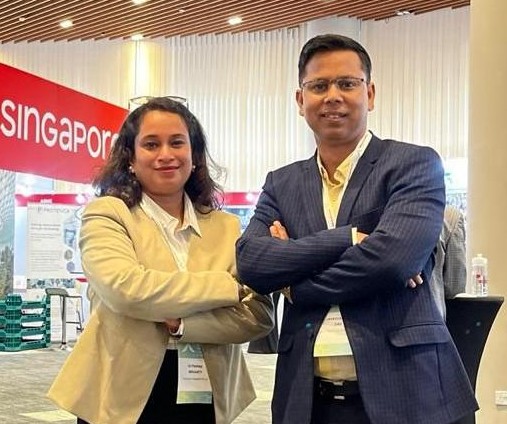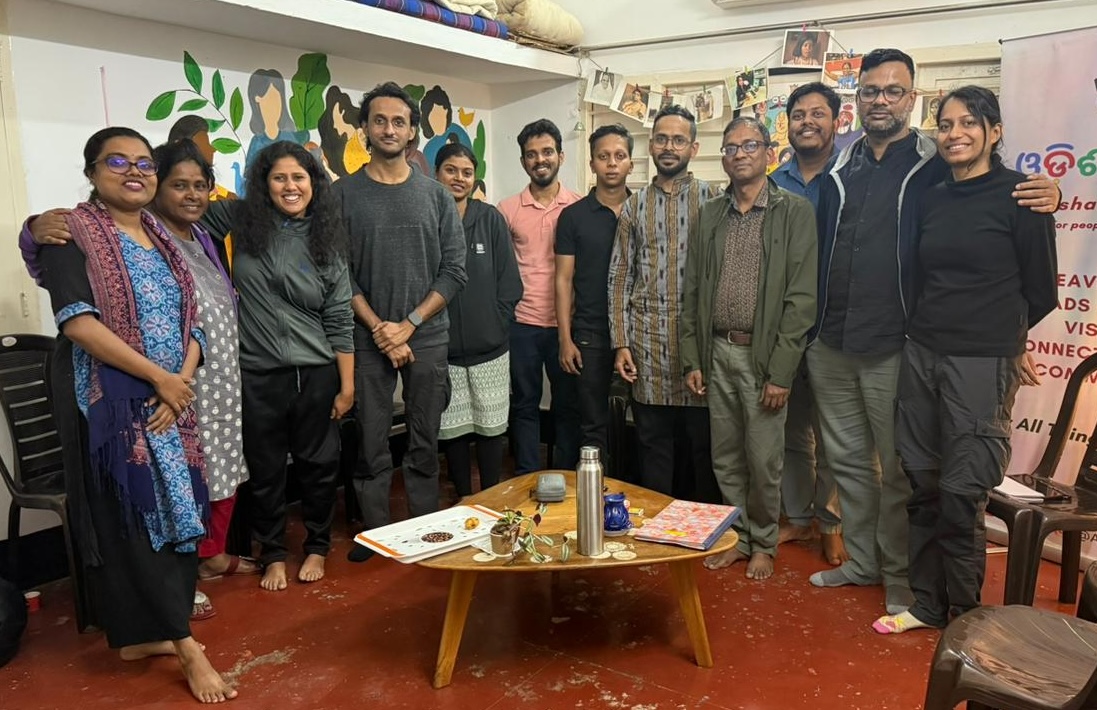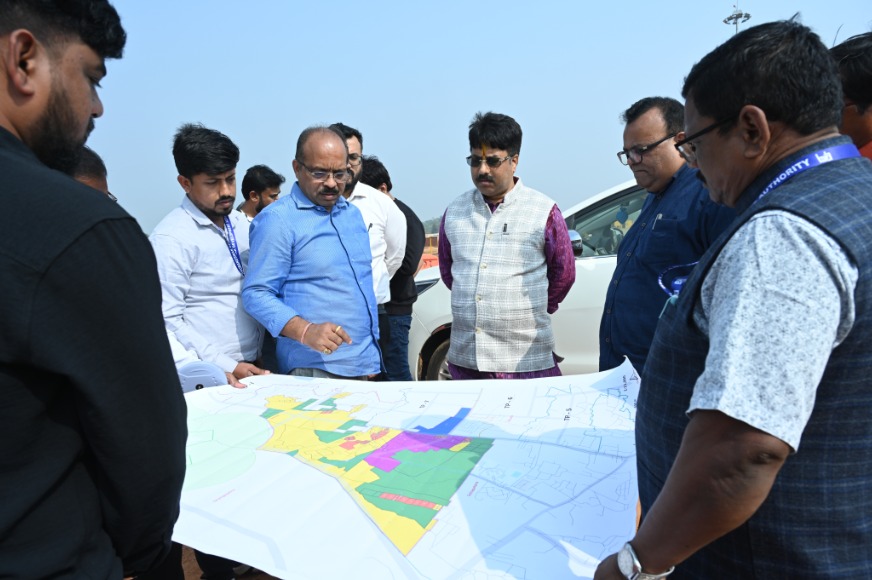Vadnagar: A recent study conducted by researchers from the Birbal Sahni Institute of Palaeosciences (BSIP) sheds light on the adaptive strategies employed by inhabitants of Vadnagar, located in the semi-arid Gujarat region, in response to varying monsoon patterns during different historical periods. The research, which spans circa 2500 years, delves into the impact of climate anomalies on human civilizations and crop economies, offering insights into potential strategies for future climate change adaptation.
The study, published in Quaternary Science Advances, presents a comprehensive analysis of the Vadnagar archaeological site, incorporating archaeological, botanical, and isotopic data. The research covers dynastic transitions and crop harvesting during key Northern Hemisphere climate events, including the Roman Warm Period (RWP, 250 BCE-400 CE), Medieval Warm Period (MWP, 800 CE-1300 CE), and Little Ice Age (LIA, 1350 CE-1850 CE).
Vadnagar, situated in the northwest of India, experienced mild to intense monsoon precipitation during different historical periods. The study reveals that during the Historic and Medieval periods, the region’s crop economy was based on small-grained cereals (millets; C4 plants), showcasing human adaptation in response to a prolonged weakening of the summer monsoon.
The research combines archaeobotanical analysis with isotopic and radiocarbon dating, providing a comprehensive understanding of the environmental changes and human responses over the past two millennia. The data from the site indicate that, even in the face of climate deterioration, food production was sustained. The archaeological settlements in the region have proven to be significant in understanding how the area responded to climatic changes, particularly monsoonal variations.
The study not only contributes to our understanding of past human responses to climate change but also challenges the notion that historic famines were solely driven by climatic factors. Instead, the findings suggest that institutional factors played a role in shaping socio-economic practices, emphasizing the importance of a multidisciplinary approach in unraveling the complexities of human-environment interactions. This research is crucial for informing strategies for future climate change adaptation.





